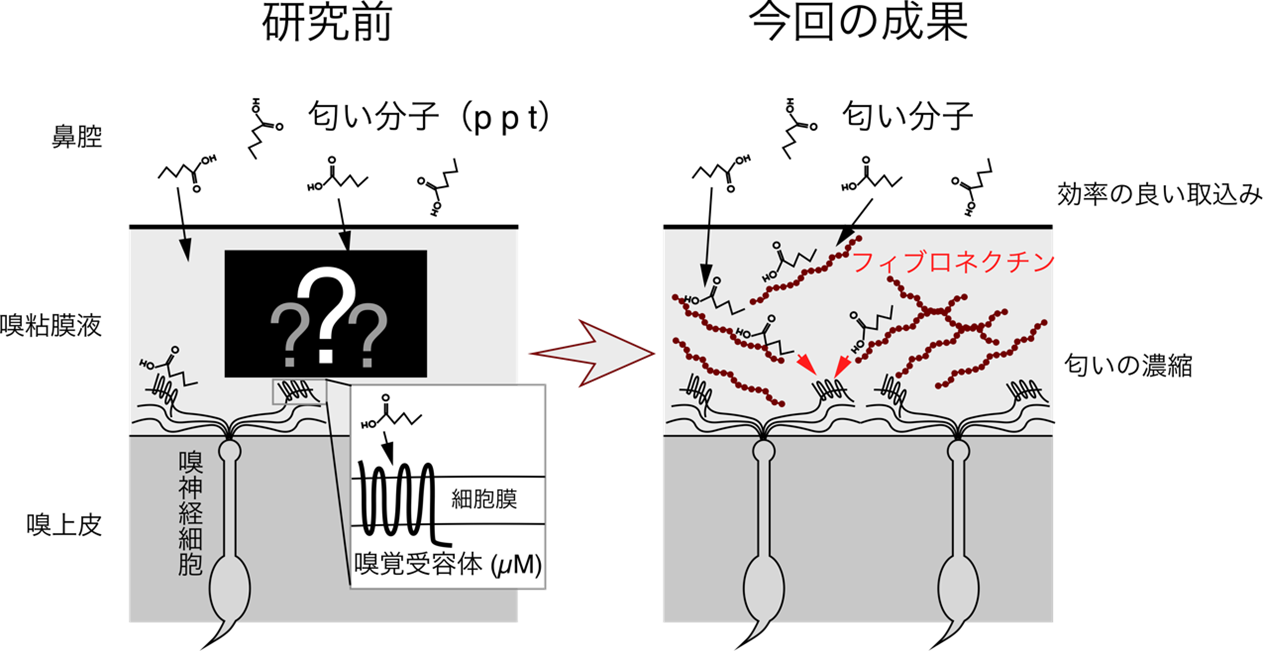2025-05-15 早稲田大学

図2: ASD者と非ASD者がそれぞれ作成した動画の観察者別正答率(%)
英国(左図)では、非ASD者同士は心の状態を適切に読み取ることができた一方で、ASD者と非ASD者のペアでは読み取りが難しかった。日本(右図)では、ASD者と非ASD者のペアでも適切に読み取りができた。
<関連情報>
- https://www.waseda.jp/inst/research/news/80794
- https://molecularautism.biomedcentral.com/articles/10.1186/s13229-025-00659-z
自閉症と非自閉症成人における双方向性メンタライジングの異文化間検討 A cross-cultural examination of bi-directional mentalising in autistic and non-autistic adults
Bianca A. Schuster,Y. Okamoto,T. Takahashi,Y. Kurihara,C. T. Keating,J. L. Cook,H. Kosaka,M. Ide,H. Naruse,C. Kraaijkamp & R. Osu
Molecular autism Published:14 May 2025
DOI:https://doi.org/10.1186/s13229-025-00659-z
Abstract
Background
So-called ‘mismatch accounts’ propose that, rather than arising from a socio-cognitive deficit present in autistic people, mentalising difficulties are the product of a mismatch in neurotype between interaction partners. Although this idea has grown in popularity over recent years, there is currently only limited empirical evidence to support mismatch theories. Moreover, the social model of disability such theories are grounded in demands a culturally situated view of social interaction, yet research on mentalising and/or autism is largely biased towards Western countries, with little knowledge on how successful mentalising is defined differently, and how tools to assess socio-cognitive ability compare, across cultures.
Methods
Using a widely employed mentalising task—the animations task—, the current study investigated and compared the bi-directional mentalising performance of British and Japanese autistic and non-autistic adults and assessed observer-agent kinematic similarity as a potential dimension along which mismatches may occur between neurotypes. Participants were asked to depict various mental state- and action-based interactions by moving two triangles across a touch-screen device before viewing and interpreting stimuli generated by other participants.
Results
In the UK sample, our results replicate a seminal prior study in showing poorer mentalising abilities in non-autistic adults for animations generated by the autistic group. Crucially, the same pattern did not emerge in the Japanese sample, where there were no mentalising differences between the two groups.
Limitations
Limitations of the current study include that efforts to match all samples within and across cultures in terms of IQ, gender, and age were not successful in all comparisons, but control analyses suggest this did not affect our results. Furthermore, any performance differences were found for both the mental state- and action-based conditions, mirroring prior work and raising questions about the domain-specificity of the employed task.
Conclusions
Our results add support for a paradigm shift in the autism literature, moving beyond deficit-based models and towards acknowledging the inherently relational nature of social interaction. We further discuss how our findings suggest limited cultural transferability of common socio-cognitive measures rather than superior mentalising abilities in Japanese autistic adults, underscoring the need for more cross-cultural research and the development of culturally sensitive scientific and diagnostic tools.


